How to Calculate Input Current for PCR-LE/MA Series
Before installing PCR-LE or MA Series, you may want to know how much current should be supplied from the distribution board. The best way is to calculate the current consumption (= input current) of your PCR-LE or MA Series. Here are the examples how to calculate the input current based on your output requirement (your output voltage and current):
Example 1: PCR3000LE
Condition: Input Voltage: Single-phase, 200 VAC
Output Voltage: 230 VAC rms, 10 A
Method 1: Calculate based on Input Current Characteristics Graph
See Figure 1 from User’s Manual of PCR-LE Series – ‘Operating Characteristics’ (Page 93).
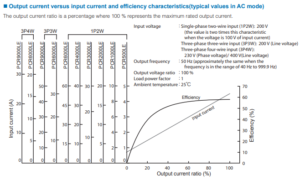
1. Calculate output current ratio
The output voltage is 200 V or higher: e.g. 230 V as above example. Calculate the percentage of output power to the rated power. This percentage is regarded as output current ratio:
Output power: 230 V x 10 A = 2,300 VA
Output current ratio: 2,300 VA / 3,000 VA = 0.766 = 76.6% 2. Find input current
You can find the input current through the red points on the above graph: e.g. If output current ratio is 76.6%, the input current is approx. 21 A.
Method 2: Calculate based on Efficiency Characteristics Graph
See Figure 2 from User’s Manual of PCR-LE Series – ‘Operating Characteristics’ (Page 93).
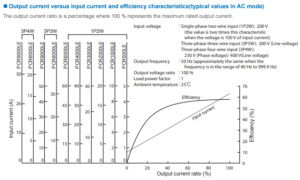
1. Calculate output current ratio
The output voltage is 200 V or higher: e.g. 230 V as above example. Calculate the percentage of output power to the rated power. This percentage is regarded as output current ratio:
Output power: 230 V x 10 A = 2,300 VA
Output current ratio: 2,300 VA / 3,000 VA = 0.766 = 76.6%
2. Find efficiency
You can find the efficiency through the red points on the above graph: e.g. If output current ratio is 76.6%, the efficiency is approx. 57%.
3. Calculate input power (active power: W)
Input power (active power): 2,300 VA / 0.57 = 4,035 W
4. Calculate apparent power (VA) and input current
The power factor from the specification: 0.97
Input power (apparent power): 4,035 W / 0.97 = 4,159 VA Input current: 4,159 VA / 200 V = 20.79 A = approx. 21 A.
Example 2: PCR1000MA
Condition: Input Voltage: Single-phase, 200 VAC
Output Voltage: 200 VAC rms, 3 A
Method 1: Calculate based on Input Current Characteristics Graph
See Figure 3 from User’s Manual of PCR-MA Series – ‘Operating Characteristics’ (Page 63).
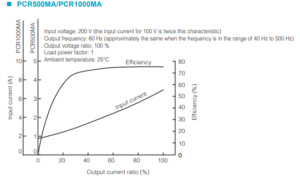
1. Calculate output current ratio
The output voltage is 200 V or higher: e.g. 200 V as above example. Calculate the percentage of output power to the rated power. This percentage is regarded as output current ratio:
Output power: 200 V x 3 A = 600 VA
Output current ratio: 600 VA / 1,000 VA = 0.6 = 60%
2. Find input current
You can find the input current through the red points on the above graph: e.g. If output current ratio is 60%, the input current is approx. 4.4 A.
Method 2: Calculate based on Efficiency Characteristics Graph
See Figure 4 from User’s Manual of PCR-MA Series – ‘Operating Characteristics’ (Page 63).
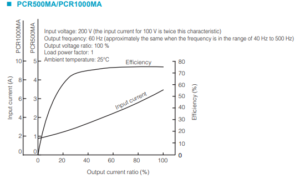
1. Calculate output current ratio
The output voltage is 200 V or higher: e.g. 200 V as above example. Calculate the percentage of output power to the rated power. This percentage is regarded as output current ratio:
Output power: 200 V x 3 A = 600 VA
Output current ratio: 600 VA / 1,000 VA = 0.6 = 60%
2. Find efficiency
You can find the efficiency through the red points on the above graph: e.g. If output current ratio is 60%, the efficiency is approx. 75%.
3. Calculate input power (active power: W)
Input power (active power): 600 VA / 0.75 = 800 W
4. Calculate apparent power (VA) and input current
The power factor from the specification: 0.9
Input power (apparent power): 800 W / 0.9 = 888 VA Input current: 888 VA / 200 V = 4.44 A = approx. 4.4 A.
Below is the Operating Characteristics Graph for PCR2000MA/4000MA as reference.
You can also calculate the input current for PCR2000MA/4000MA using the same method as above.
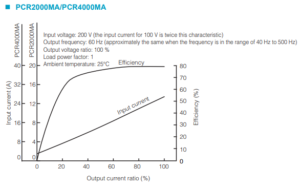
Products Mentioned In This Article:























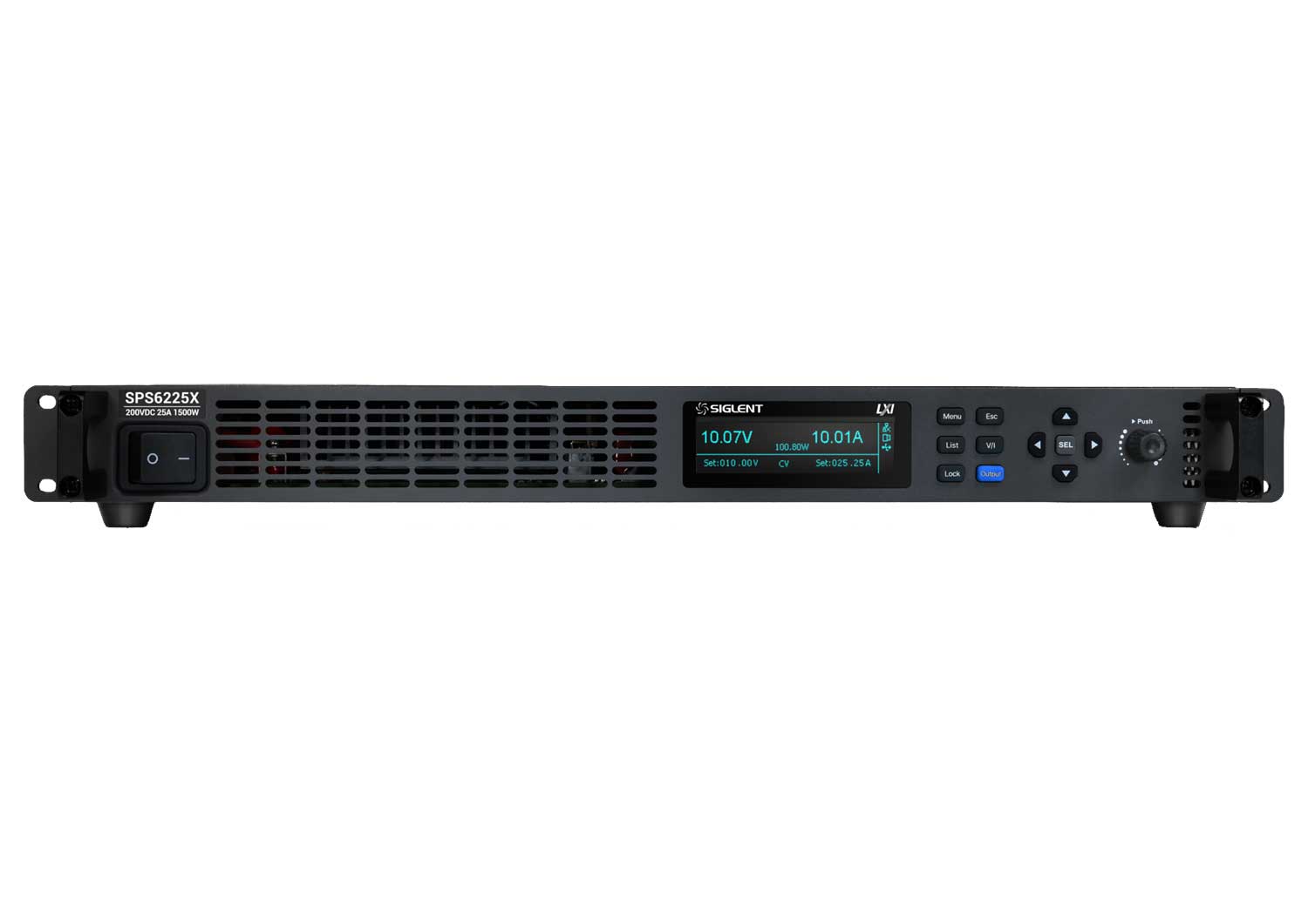




























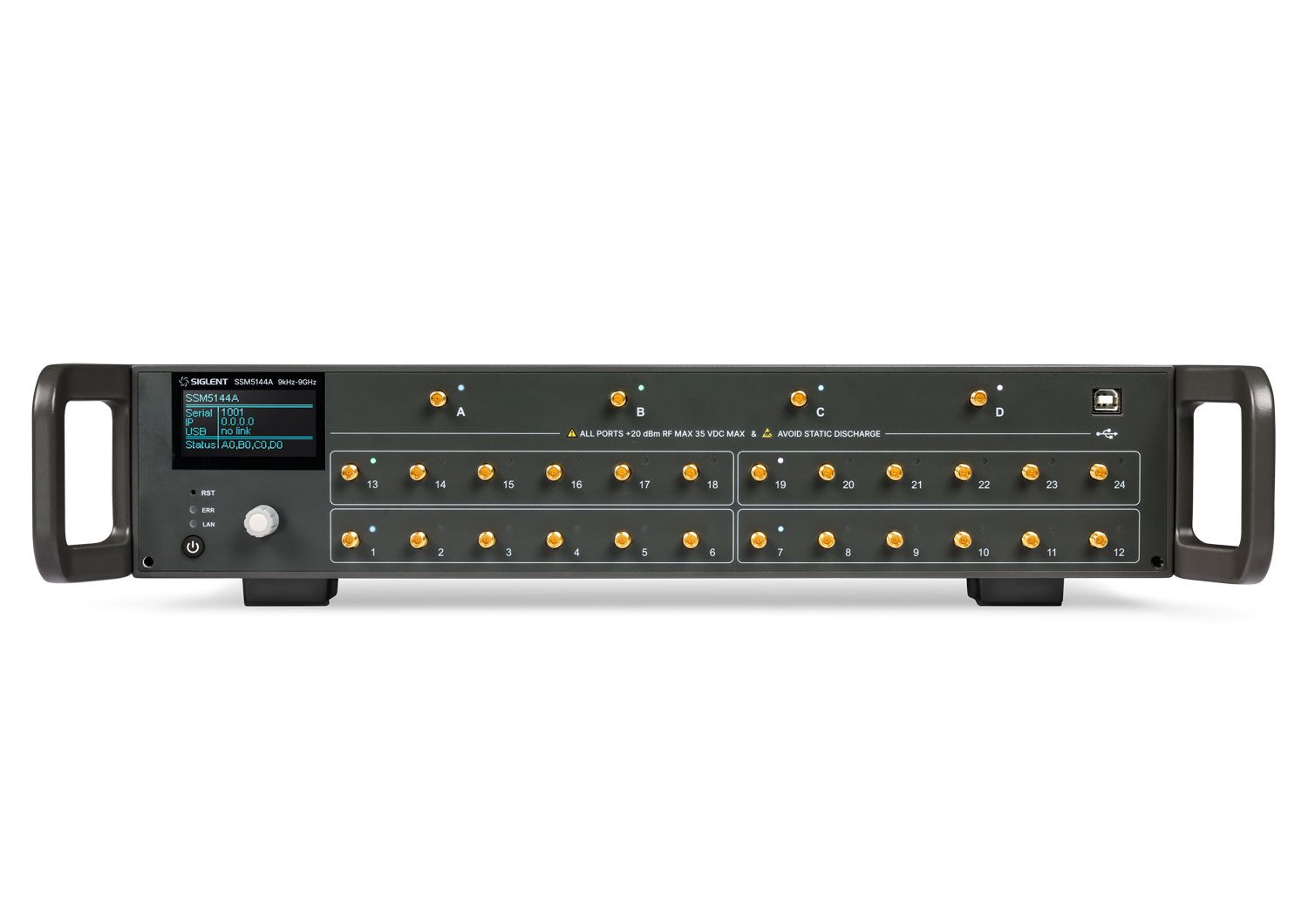











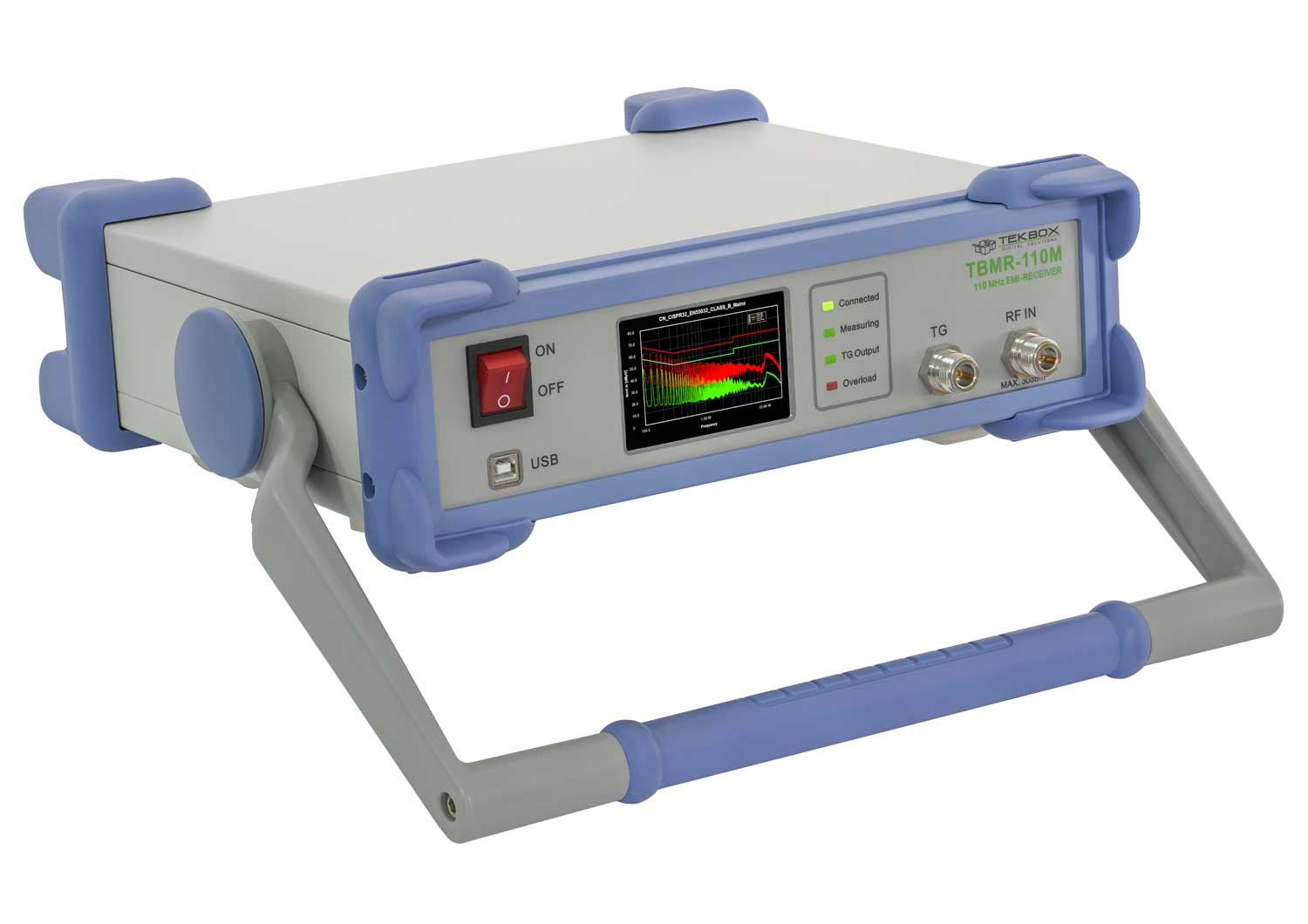


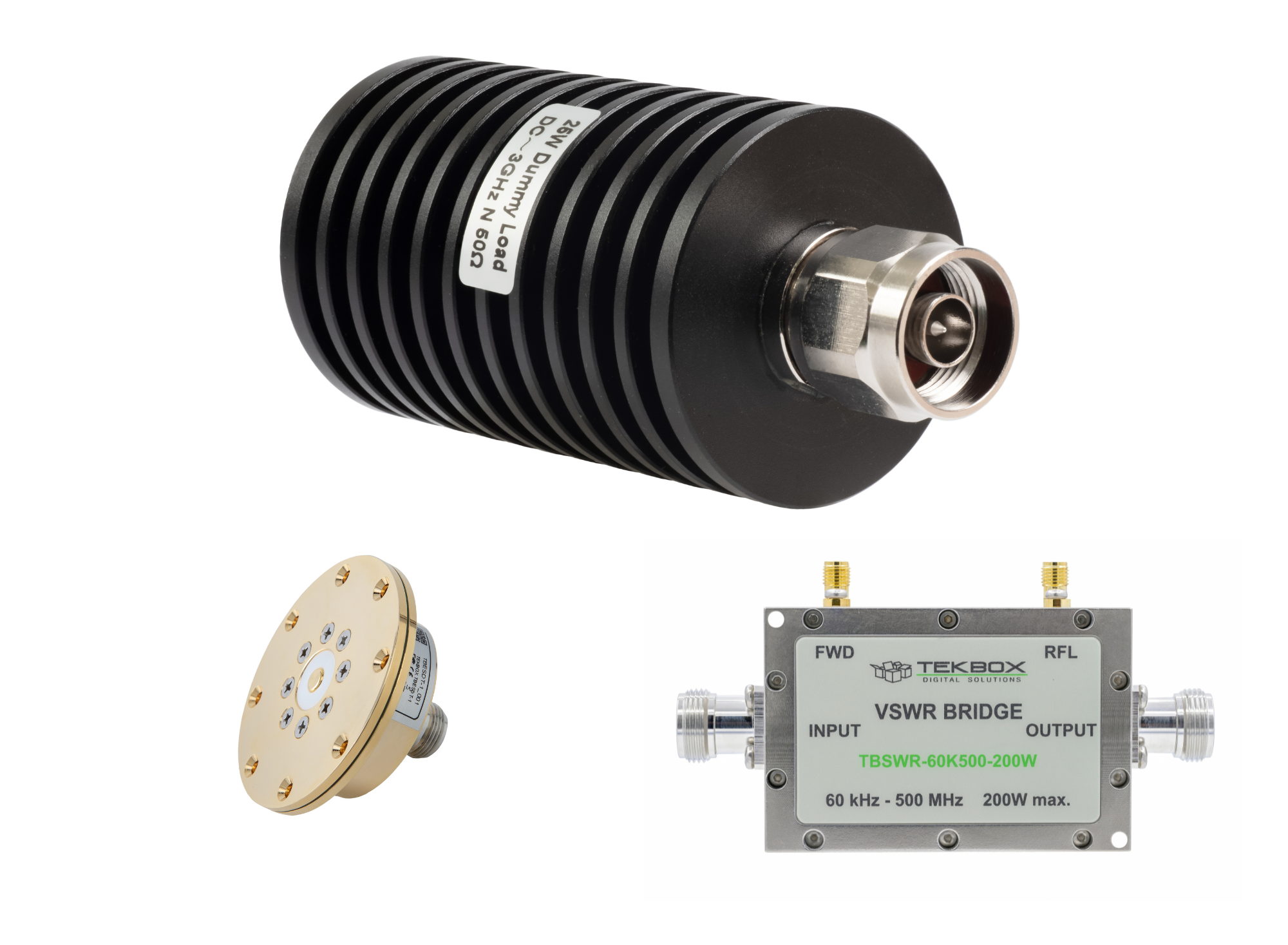

























 FREE SHIPPING £75+
FREE SHIPPING £75+
 CELEBRATING 50+ YEARS
CELEBRATING 50+ YEARS
 PRICE MATCH GUARANTEE
PRICE MATCH GUARANTEE




